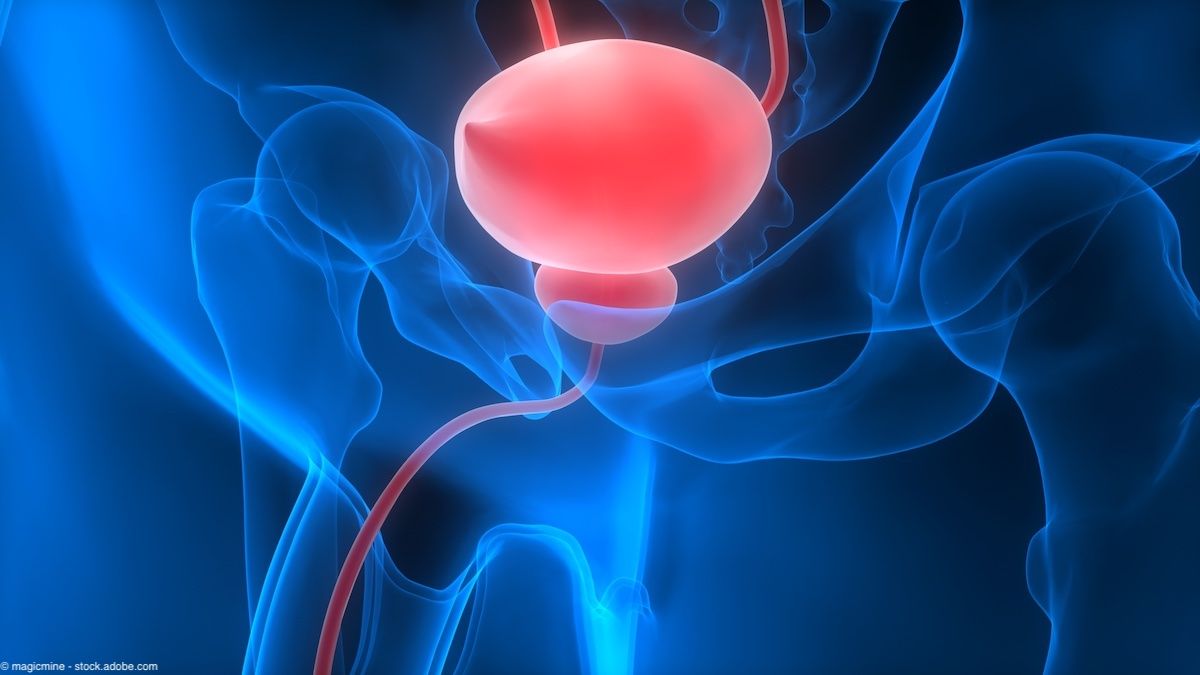Article
Retractile testes should be monitored for ascent
Author(s):
Atlanta-Secondary testicular ascent (acquired cryptorchidism) remains a relatively rare condition, occurring in 3.2% to 6.9% of patients in a recent cohort study of boys with retractile testes. The diagnosis of ascent is becoming more commonplace, and ,therefore, boys with questionable testicular exams should have follow-up through adolescence, according to re-searchers from the Vanderbilt University Children's Hospital, Nashville, TN.
Atlanta-Secondary testicular ascent (acquired cryptorchidism) remains a relatively rare condition, occurring in 3.2% to 6.9% of patients in a recent cohort study of boys with retractile testes. The diagnosis of ascent is becoming more commonplace, and ,therefore, boys with questionable testicular exams should have follow-up through adolescence, according to re-searchers from the Vanderbilt University Children's Hospital, Nashville, TN.
"Secondary testicular ascent is becoming more commonly diagnosed. It is occurring in children whose testicular exams were previously considered a variant of normal. In our opinion, a pediatric urology practice should follow any child with even a questionable testicular exam through puberty," first author Andrew A. Stec, MD, told Urology Times.
Dr. Stec, a urology resident at Children's Hospital working with Mark C. Adams, MD, and colleagues, presented the group's findings at the American Academy of Pediatrics Section on Urology annual meeting here.
The study was a retrospective analysis of 172 pediatric retractile testes cases seen from 1996 through 2005. Recorded demographics, physical examination findings, surgical data, and follow-up were used to define a retractile testis as one that could be easily brought down into the scrotum without tension. Boys with previous ipsilateral inguinal surgery were excluded.
Researchers identified 274 retractile testes in the patient population. Of these, 19 testes (6.9%) in 16 patients were ascended and required orchidopexy within 6 to 101 months from the time of their initial diagnosis with retractile testes. The mean age at orchidopexy was 71 months. Fluid build-up, resulting in patent processus vaginalis, occurred in 13 patients (68%) with ascended testes.
Surgical records did not demonstrate a distinct fibrous remnant securing the testis upward in the inguinal canal.
Dr. Stec presented recent data from a telephone survey intended to gain additional data on those children who were lost to follow-up. When results of this survey were combined with data from previous medical records analysis, the overall incidence of ascension requiring orchidopexy decreased to nine (3.2%).
Dr. Stec and his colleagues concluded that secondary testicular ascent can occur in boys with retractile testes, and that this ascent is most likely to occur before the age of 5 years. They acknowledged that secondary ascent is relatively uncommon and orchiopexy is not required for the vast majority of patients with retractile testes.
Follow-up of children with testicular abnormalities is recommended at regular intervals through puberty, researchers said.
"Over the past 5 years, with our in-creased recognition of secondary testicular ascent, practice patterns in pediatric urology are changing," Dr. Stec concluded. "We are starting to follow these children on a more regular basis and are collecting prospective data, which will be used for future investigations."














